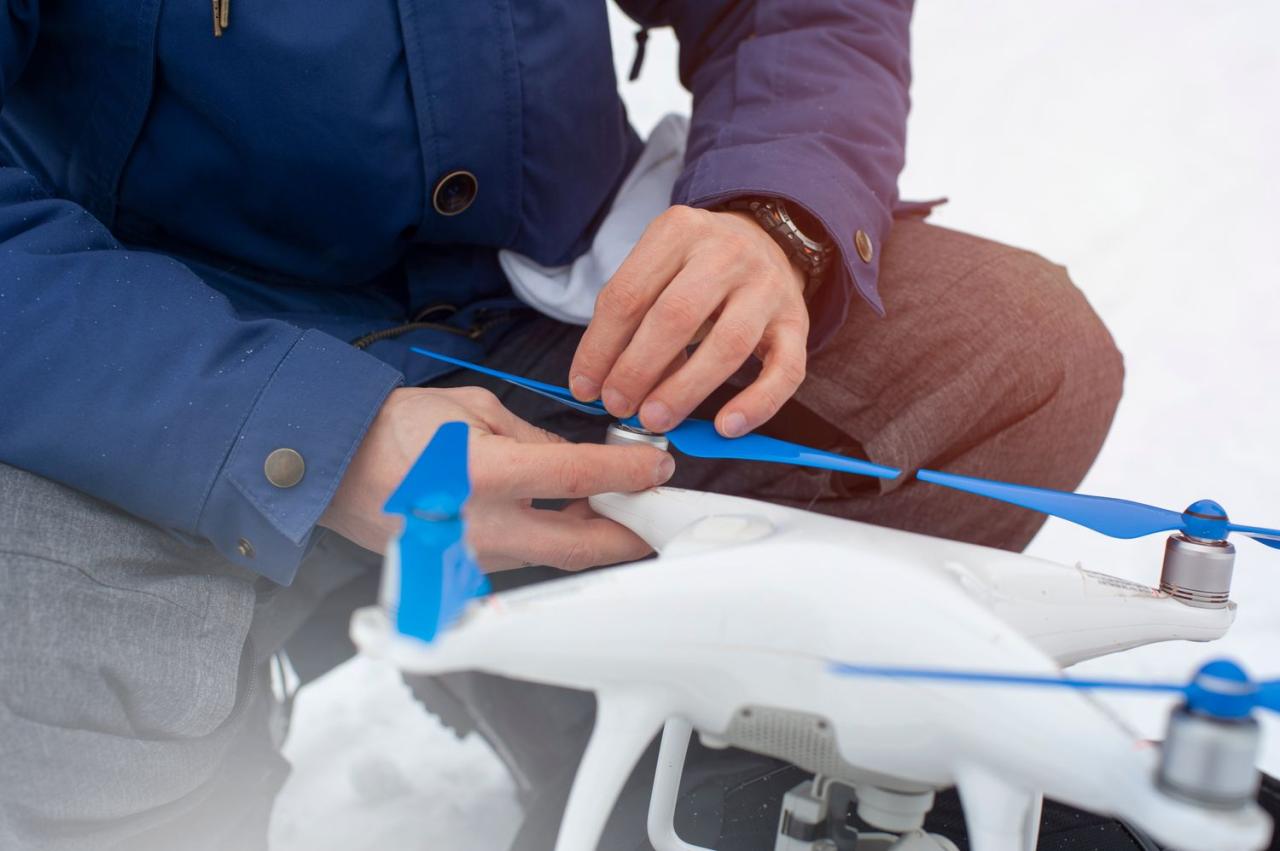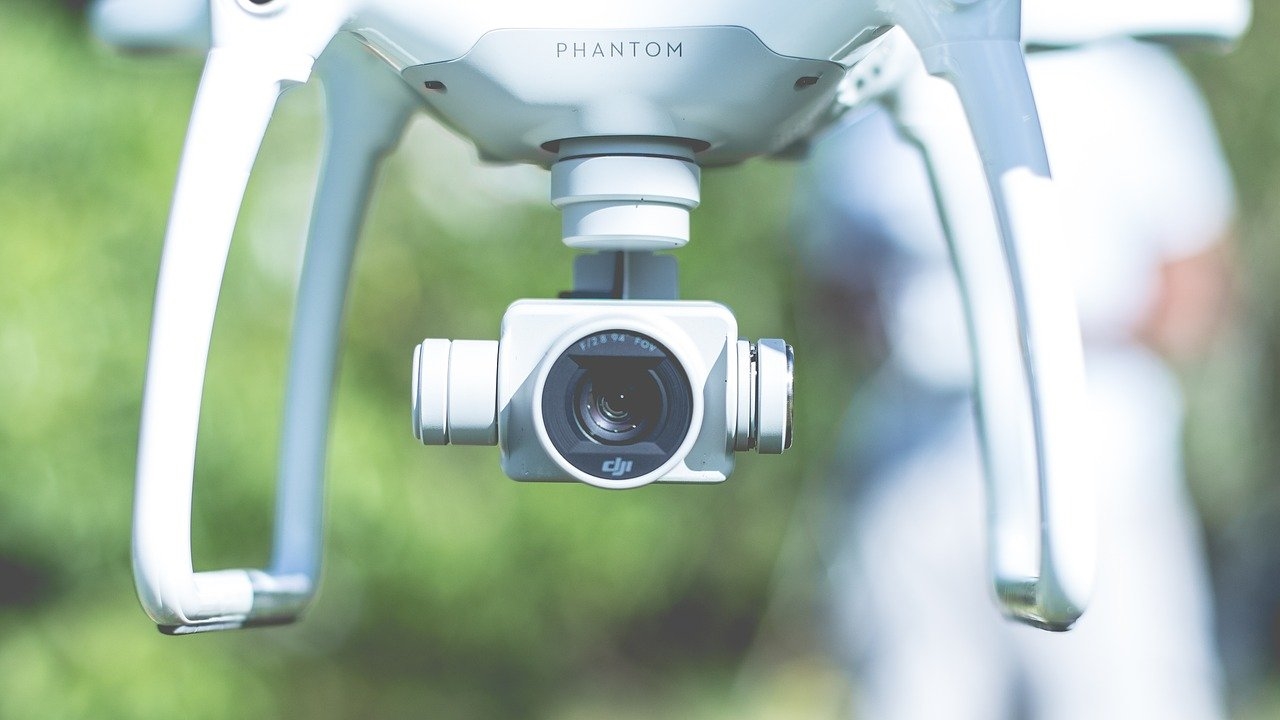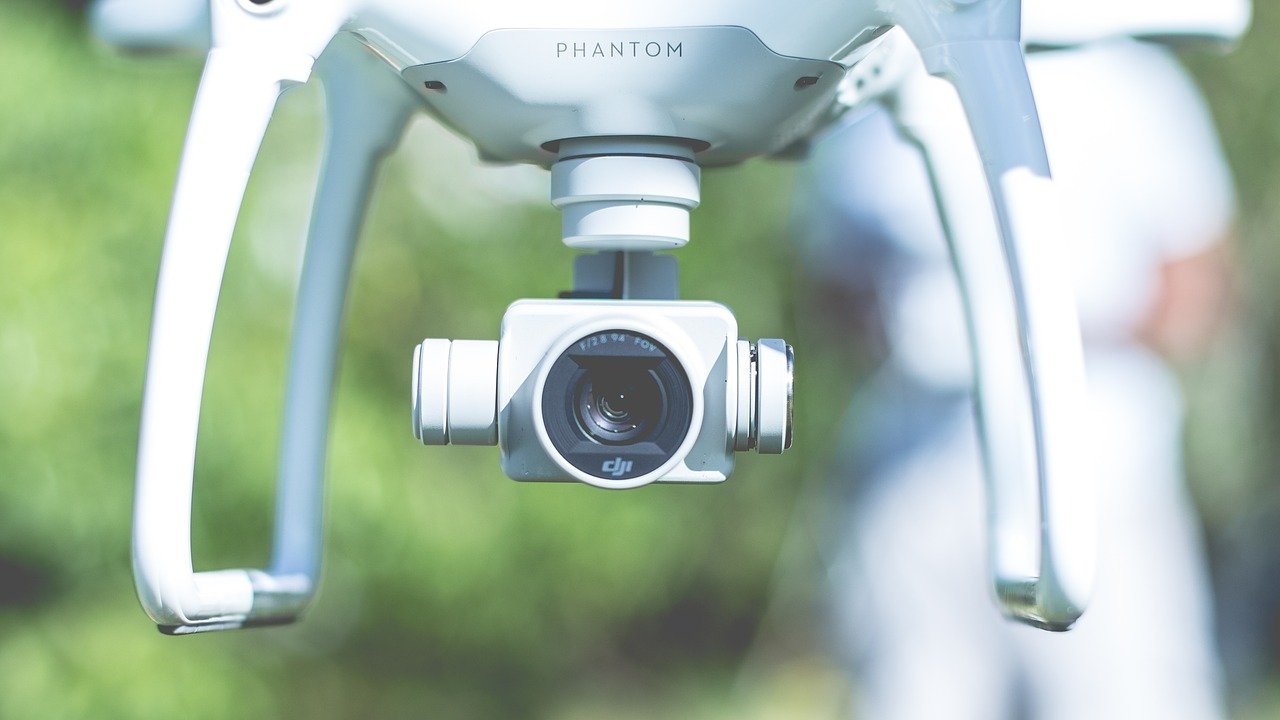Drone remote start opens up a world of possibilities, from convenient pre-flight checks to automated emergency responses. This guide dives into the technology, security, regulations, and practical applications of remotely activating drones, exploring everything from the basic mechanics to the ethical considerations.
We’ll examine the different types of drones compatible with remote start, the technological components involved, and real-world examples of its use across various industries. We’ll also cover crucial aspects like security protocols, legal frameworks, and user interface design, ensuring you have a complete understanding of this rapidly evolving technology.
Understanding Drone Remote Start
Remote drone start, a seemingly simple concept, encompasses a wide range of technologies and applications. This feature allows for the activation and control of a drone from a distance, significantly expanding its capabilities and use cases. This article delves into the various aspects of remote drone start, from its technical underpinnings to its security, regulatory, and ethical implications.
Defining “Drone Remote Start”

Drone remote start refers to the ability to initiate a drone’s operation remotely, without the need for physical proximity to the aircraft. This can encompass various functionalities, depending on the drone’s capabilities and the specific implementation of the remote start system. For instance, it could simply mean powering on the drone, or it could involve initiating a pre-programmed flight sequence or even a live video feed.
The technological components typically include a communication module (e.g., cellular, Wi-Fi, satellite), a control unit, and a power source. Different drone types, from small consumer drones to large industrial models, will have varying remote start implementations.
Real-world applications include automated inspections of infrastructure, search and rescue operations where a drone can be deployed rapidly from a safe distance, and precision agriculture where drones can autonomously cover large fields.
Security Implications of Remote Drone Start
The ability to remotely activate drones introduces significant security vulnerabilities. Unauthorized access to the drone’s control system could lead to malicious use, such as theft, espionage, or even attacks. Robust security measures are crucial to mitigate these risks.
Enhanced security involves employing strong encryption protocols, multi-factor authentication, and regular software updates. Comparing different security protocols, such as TLS (Transport Layer Security) and AES (Advanced Encryption Standard), reveals the varying levels of protection offered. Implementing a secure system requires a layered approach, combining hardware and software security measures.
Regulatory Aspects of Remote Drone Start
Regulations governing remote drone operation vary significantly across jurisdictions. Understanding these regulations is critical for legal and safe operation. Penalties for violations can range from fines to imprisonment, depending on the severity of the offense and the specific laws of the region.
Setting up drone remote start is pretty straightforward, but sometimes you need to troubleshoot connectivity issues. If you’re having trouble, check if your internet’s acting up; maybe the problem isn’t your drone at all – see if is chatgpt down right now , because that could affect some remote control apps. Once you’ve ruled that out, double-check your drone’s battery and Wi-Fi settings to get back in the air.
| Country | Regulations on Remote Start | Penalties for Violations | Relevant Agencies |
|---|---|---|---|
| United States | Subject to FAA regulations, requiring pilot certification and adherence to airspace restrictions. Remote start may be restricted depending on the drone’s classification and intended use. | Fines, license suspension, or criminal charges. | Federal Aviation Administration (FAA) |
| European Union | Subject to EU drone regulations (EASA), focusing on safe operation and registration requirements. Specific regulations on remote start might be included in national implementations. | Fines, license suspension, or criminal charges depending on the severity and national legislation. | European Union Aviation Safety Agency (EASA) and national aviation authorities. |
| Canada | Similar to the US, governed by Transport Canada, with regulations focusing on safe operation and pilot certification. | Fines and potential criminal charges. | Transport Canada |
| Australia | Civil Aviation Safety Authority (CASA) regulates drone operations, including remote start, with emphasis on safety and airspace management. | Fines and potential legal action. | Civil Aviation Safety Authority (CASA) |
Practical Applications of Remote Drone Start

The ability to remotely start drones opens up a wide array of practical applications across various industries.
- Infrastructure Inspection: Inspecting bridges, power lines, and other structures remotely, minimizing risk to human inspectors.
- Search and Rescue: Rapid deployment of drones in emergency situations to survey disaster areas or locate missing persons.
- Precision Agriculture: Automated monitoring and spraying of crops, optimizing resource use and maximizing yields.
- Delivery Services: Autonomous delivery of small packages in urban or remote areas.
- Environmental Monitoring: Monitoring wildlife populations, tracking pollution levels, or surveying natural disasters.
In an emergency response scenario, a remote drone start system could be invaluable. For instance, imagine a wildfire. A fire department could remotely launch a drone equipped with thermal imaging to assess the fire’s spread and identify potential hazards, all while maintaining a safe distance from the immediate danger zone.
Technological Advancements in Remote Drone Start

Remote drone start technology has evolved significantly, moving from simple on/off switches to sophisticated systems capable of complex autonomous operations. The use of cellular networks, satellite communication, and other long-range communication methods has broadened the operational range and reliability of remote drone activation. Emerging technologies such as AI and machine learning will further enhance remote drone capabilities, enabling autonomous decision-making and improved situational awareness.
Different methods of remote activation offer varying advantages and disadvantages. Cellular networks offer widespread coverage but can be susceptible to interference and outages. Satellite communication provides global coverage but is often more expensive and has higher latency. Each method needs to be evaluated based on specific operational requirements.
User Interface and Experience (UI/UX) of Remote Drone Start Systems
A user-friendly interface is critical for safe and efficient remote drone operation. The ideal interface should be intuitive, providing clear visual feedback and simple controls. Features such as real-time telemetry, map integration, and pre-programmed flight modes enhance usability and reduce the cognitive load on the operator. Best practices for UI/UX design include minimizing clutter, using clear visual cues, and providing contextual help.
Imagine a system with a large, interactive map displaying the drone’s location, battery level, and signal strength. Simple, clearly labeled buttons initiate flight modes or return-to-home functions. A live video feed provides real-time situational awareness, while telemetry data provides critical flight parameters.
Troubleshooting and Maintenance of Remote Drone Start Systems, Drone remote start
Regular maintenance and troubleshooting procedures are essential for ensuring the reliable functioning of remote drone start systems. This involves checking connections, inspecting the communication module, and verifying the power source. Addressing issues promptly prevents downtime and ensures safety.
| Step | Action |
| 1 | Verify power source and connections. |
| 2 | Check communication module signal strength and connectivity. |
| 3 | Inspect drone’s battery level and status. |
| 4 | Check for software updates and firmware issues. |
| 5 | If problems persist, contact technical support. |
Ethical Considerations of Remote Drone Start
The widespread adoption of remote drone start technology raises several ethical concerns. The potential for misuse in surveillance and privacy violations needs careful consideration. Responsible development and deployment of these systems require establishing clear guidelines and ethical frameworks to prevent malicious use and ensure public safety. Mitigation strategies include implementing robust security measures, promoting transparency, and fostering collaboration between developers, regulators, and the public.
Conclusion
Remote drone start is poised to revolutionize how we utilize unmanned aerial vehicles. By understanding the technological advancements, security measures, and ethical implications, we can harness its potential responsibly and safely. This guide has provided a solid foundation for navigating the complexities of this exciting field, equipping you to explore its vast applications and contribute to its responsible development.
Query Resolution: Drone Remote Start
How far can I remotely start a drone?
So you’re into drone remote start? That’s cool! It’s a handy feature, especially if you’re prepping for a long flight. Knowing the financial side of things can also be important, though, which is why checking out the performance of companies like ses stock might be worthwhile, especially if you’re thinking about investing in drone tech.
Understanding the market helps you make smarter choices about your drone setup and future purchases.
The range depends on the drone’s communication system (e.g., cellular, satellite). Some have limited range, while others can operate across vast distances.
What happens if the remote start fails?
Want to start your drone remotely? It’s a pretty cool feature, especially when considering the future of delivery. Think about how useful remote starts would be for drone delivery services, and check out the current market trends with this helpful resource on drone delivery Canada stock to see the potential impact. Understanding the investment side can help you grasp the broader implications of remote drone technology and its future advancements.
Most systems have fail-safes. If the connection is lost or there’s an error, the drone likely won’t start. Check your connection and the drone’s status.
Is remote drone start legal everywhere?
No. Regulations vary significantly by country and region. Always check local laws and obtain necessary permits before using remote drone start capabilities.
What are the battery implications of remote start?
Remotely starting a drone might slightly drain the battery before flight. Ensure the battery is adequately charged to prevent issues.
